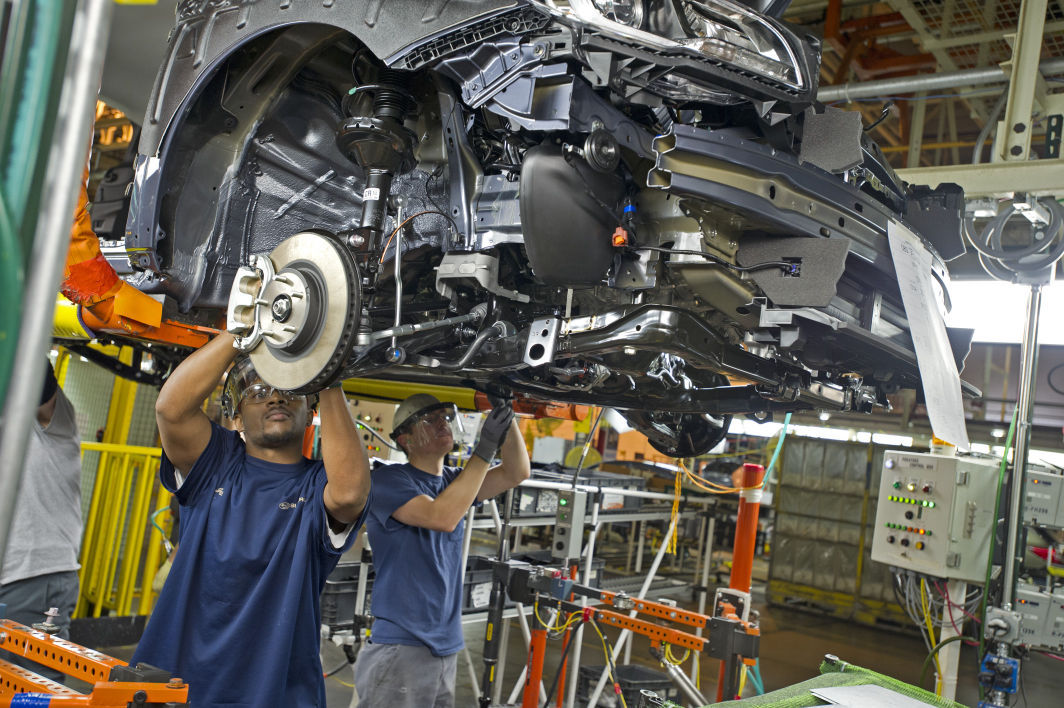

The company is most recognized for becoming the first auto manufacturer in the United States to achieve zero-landfill status on May 4, 2004. Over the course of its history, SIA has been recognized for a variety of achievements related to safety, quality and the environment.


Next, under contract with Toyota, SIA next built the Camry from February 28, 2007, until May 27, 2016, when additional space was needed for additional Subaru production. On January 1, 2003, Subaru purchased Isuzu's interest in the venture for one dollar and renamed the facility "Subaru of Indiana Automotive." In addition to producing Subaru vehicles, the company continued to produce the Isuzu Rodeo and Honda Passport badge-engineered twins, as well as the Isuzu Amigo and Axiom through July 23, 2004. Īfter Isuzu sales significantly dwindled, Subaru dissolved their joint agreement. Subaru also planned to export about 1,000 Indiana-built Legacys per year to Taiwan. The Indiana state government gave Subaru-Isuzu US$86 million in incentives to locate in the state, after having lost the Diamond-Star manufacturing plant to neighboring Illinois.
#SUMARU PLANT FULL#
While only about 500 cars were finished in the first full month of production, the plant's annual capacity was 240,000 vehicles. The plant was completed in late 1988 and officially began producing the Subaru Legacy and Isuzu Pickup on September 11, 1989. Subaru, then known as Fuji Heavy Industries (FHI), and Isuzu signed a joint venture agreement on May 29, 1986, to form Subaru-Isuzu Automotive and to share production facilities at a new plant in Lafayette, Indiana, between Indianapolis and Chicago.


 0 kommentar(er)
0 kommentar(er)
